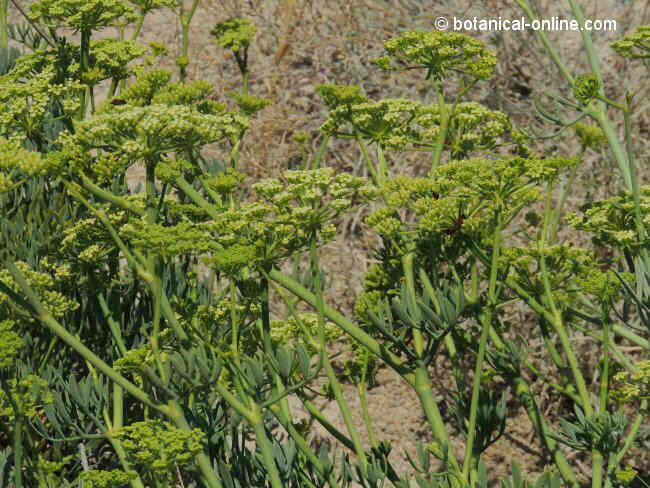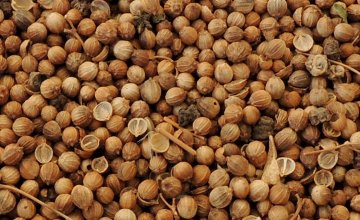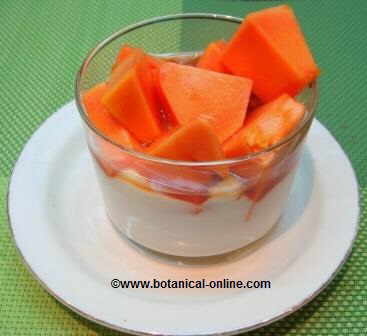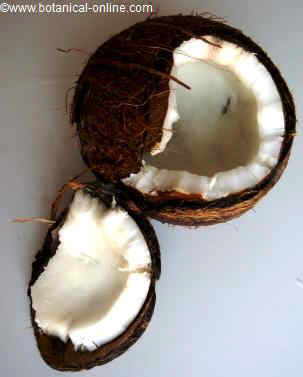Contents
- 1 Medicinal properties of grapevine
- 1.1 Medicinal properties of Vitis vinifera
- 1.2 Internal use preparations with grapevine leaves and tendrils
- 1.3 Grapevine for the circulatory system
- 1.4 Grapevine to treat digestive diseases
- 1.5 Grapevine for urinary diseases and metabolism
- 1.6 External use preparations with grapevine leaves
- 1.7 External use preparations with grapevine sap or “branch water” What is grapevine sap?
Medicinal properties of grapevine
Medicinal properties of Vitis vinifera
In this article we refer to the medicinal properties of the leaves and seeds of the plant . To view the properties of the fruit of the grapevine or grapes see under ” Properties of grapes ”
Internal use preparations with grapevine leaves and tendrils
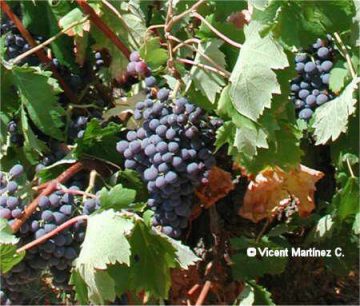
Grapevine for the circulatory system
Grapevine leaves have properties that make them very useful to facilitate the circulation of blood.
Besides being a strong astringent, grapevine leaves possess hemostatic (catechins, gallic acid and ellagic) venotonic, and antiplatelet properties, so that they prevent thrombi formation. Thrombi are responsible for many strokes.
The main components responsible for this activity are flavonoids (especially anthocyanins quercetins, catechin and epicatechin), ascorbic acid, caffeic acid and alpha-linoleic, magnesium, salicylic acid and resveratrol.
They, also have vasodilatory properties by means of increasing the size of the arteries and capillaries and facilitating blood flow (Anthocyanins, quercetins, calcium, potassium, magnesium and routine give these properties)
These properties are very interesting in the treatment of circulatory diseases such as:
- Varicose veins: These are very useful in the treatment of varicose veins to prevent its occurrence or improve their symptoms. (Decoction for a quarter of an hour of three tablespoons of shredded dried leaves per liter of water. Take three or four glasses each day)
- Hemorrhoids: The astringent properties of this plant make it very suitable for the treatment of hemorrhoids. Its use helps shrink them (Decoction of a teaspoon of dried leaves per cup of water for 10 minutes. Allow to rest 10 minutes and take every quarter hour 1 tablespoon)
- Vaginal bleeding: hemostatic capacity of this plant, ie their properties to stop excessive bleeding, is useful for treating excessive vaginal bleeding (menorrhagia) or those that sometimes occur in menopause. (Mix 100 grams of red grapevine leaves with 50 grams of marjoram (Origanum majorana). Grind to turn into dust. Perform an infusion over 10 minutes with a tablespoon of this mixture per cup of water. Drink 2 cups daily)
- Endometriosis: Also suitable for use stop bleeding that can occur in endometriosis. (Use the previous treatment)
- Arteriosclerosis and atherosclerosis: The ability to reduce the formation of atheroma or plaque in arteries is very interesting in the prevention of atherosclerosis one of the factors leading to the hardening of the arteries, or atherosclerosis which entails a problem of poor circulation. (Decoction of a teaspoon of dried leaves per cup of water for 10 minutes. Allow to rest 10 minutes and take every quarter hour 1 tablespoon)
- Problems of poor cerebral circulation: Its use will help improve circulation in the brain, reducing the symptoms caused by abnormalities caused by poor circulation in the brain, such as memory loss, dizziness, vertigo, headache, etc. (Take previous treatment)
- Poor circulation in the legs or feet: This plant can help improve poor circulation in the lower extremities., So, it will be an effective remedy for the treatment of leg pain caused by poor circulation or for the treatment of chilblains. (Decoction of a teaspoon of dried leaves per cup of water for 10 minutes. Allow to rest 10 minutes and take every quarter hour 1 tablespoon)
- Eye Diseases: The capacity of this plant to tone the hair, increasing elasticity and strengthening the tissues themselves, is well suited for the treatment of certain eye diseases in which blood circulation is implicated.
- Loss of vision: When this is caused by poor circulation in the eye, the use of this plant can help stop this ocular degeneration. (Decoction for quarter of an hour to three tablespoons of shredded dried leaves per liter of water. Taking 2 or 3 cups per day) Apart from treating loss of vision, this treatment may be appropriate to other vision problems such as myopia.
Grapevine to treat digestive diseases
The astringent properties of this plant are used to treat digestive abnormalities such as:
- Diarrhea: It can help stop diarrhea not very prominent. In case of significant diarrhea, it is better to use other much more astringent plants. (Decoction for a quarter of an hour of three tablespoons of shredded dried leaves per liter of water. Take 2 or 3 cups per day)
- Intestinal bleeding: Use of the above preparation helps to stop intestinal bleeding.
Grapevine for urinary diseases and metabolism
The diuretic properties of this plant, especially the use of tendrils, are exploited in the treatment of many diseases in which increased urination may help.
The use of this plant helps to eliminate fluids and helps to purify the blood and improve the treatment of anomalies related to excessive retention of body fluids, such as in edema, gout or arthritis. (Decoction for ½ of hour 30g of earrings in one liter of water. Allow to cool for 30 minutes more, color and drink 2 cups a day)
The infusion for 10 minutes of a teaspoon of dried leaves per cup of water may help remedy the problems associated with kidney stones.
External use preparations with grapevine leaves
- Nosebleed: The powder obtained by crushing dry leaves can be used as an astringent to stop nosebleeds or epistaxis (Crush some dry leaves to reduce them to dust and sniff them a little)
- Poor circulation in the legs or feet: This plant can help improve poor circulation in the lower extremities., Therefore, used externally, will be an effective remedy for the treatment of leg pain caused by poor circulation or for the treatment of chilblains. (10% decoction of dried leaves in water for 10 minutes. Perform leg and foot baths)
External use preparations with grapevine sap or “branch water” What is grapevine sap?
For external use is very appropriate what is known as “water or sap or red grapevine”. It is the sap of the plant that is obtained in spring, usually in March, before the leaves come out.
To do this possible, a tender branch is cut and allowed to distill a liquid through the cut. By placing a glass well below the cut, you can pick some “clean water”. this liquid can be used in conditions such as:
- Conjunctivitis: This sap is considered as one of the most important natural eye drops, very suitable for eye treatments: In inflammation of the conjunctiva of the eyes apply a little water extracted from grapevine tender branches will help reduce inflammation and heal the itching or pain. (Apply a drop right out of the plant in the form of eye drops.. Do not store the liquid because it becomes spoiled. It must be use immediately)
- Styes: The same preparation applied to help decrease a stye, cleanse the eye and enhance the vision of the person concerned. You can apply the same remedy to treat inflammation of the eyelids or blepharitis.
- Skin diseases: The vulnerary properties of the red grapevine sap can be used to combat skin diseases such as eczema, itching or skin blemishes. (Apply with a cloth fresh”branch water” to the affected area)
![]() More information on grapes and wine.
More information on grapes and wine.



